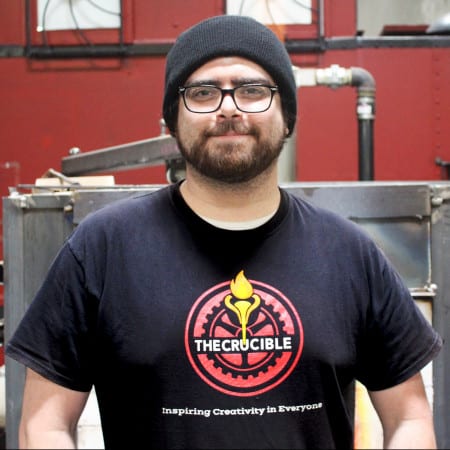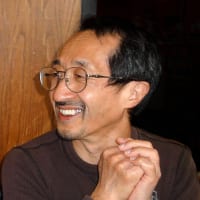Gift & Get
2017-02-09T11:39:22-08:00
It’s the time of year for giving. As the holidays approach, we are giving our hardworking community an opportunity to give an extraordinary gift to a loved one and receive one as well. We are now offering a Gift and Get promotion.
Now through December 31, 2012, anyone who purchases a Crucible Gift Certificate, class, or membership as a gift gets a voucher of $30 off a class valued at $100 or more for themselves.
Vouchers are made out to the purchaser only, and are non-transferable and not redeemable for cash. This promotion excludes Fun Together classes and cannot be combined with any other discount or promotion. One voucher per person.
Gift Certificates
Gift Certificates can be used for Crucible classes, memberships, and events like The Crucible’s exclusive fire fashion show, Hot Couture. Gift Certificates can only be purchased in person or by phone, and are available in any denomination above $50.
Gift A Class
The Crucible offers an incredible variety of industrial arts classes including blacksmithing, ceramics,fire performance, glass blowing, jewelry, kinetics and electronics, metal fabrication, stone working,wood carving, and more. Classes start for artisans as young as age 8 and offered on weekdays, weekends, and weeklong adventures.
Gift A Membership
Recipients of a Crucible membership enjoy exclusive member benefits including discounts, priority access to classes and events, and special gifts while supporting and raising awareness of industrial arts education in the bay area. As a nonprofit organization, we rely on the support of our community to fuel our fires. Membership dues directly subsidize our arts education programs, allowing us to provide free programs for West Oakland youth, develop innovative performances with artists from throughout the Bay Area, and continue to offer the world-class industrial arts education you enjoy.



